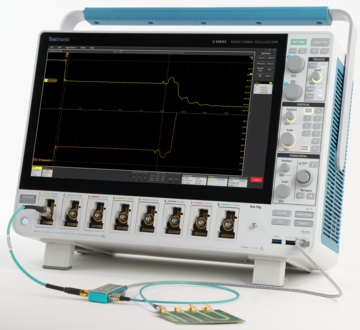Contactez-nous
Chat en direct avec un représentant Tek. Service disponible de 9 h à 17 h, CET jours ouvrables.
Téléphone
Appelez-nous au
Disponible de 9 h à 17 h CET jours ouvrables.
Télécharger
Télécharger des manuels, des fiches techniques, des logiciels, etc. :
Feedback
Time Domain Reflectometry (TDR) Analysis
4/5/6 Series B MSO and 7 Series DPO Options 4-TDR, 5-TDR, 6-TDR, and 7-TDR Datasheet
4/5/6 Series B MSO and 7 Series DPO Options 4-TDR, 5-TDR, 6-TDR, and 7-TDR Datasheet
Download the PDF of the datasheet for an overview of the product features, important specifications, and ordering information.


